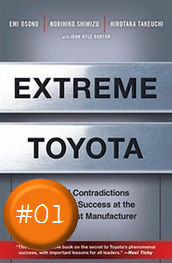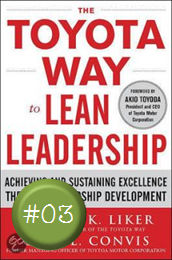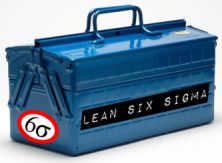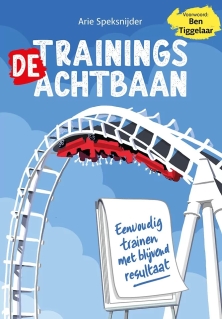
Taxonomie van Bloom
Definitie
...
Alias: ...
Zie ook:
- Bloom's (gereviseerde) taxonomie volgens Anne-Will Abrahamse
- Taxonomie van leerdoelen van Benjamin Samuel Bloom
- Leren volgens Benjamin Bloom
- Niveaus van kennis volgens Benjamin Bloom
![]()
Taxonomie van Bloom
De taxonomie van Bloom is een van de meest gebruikte manieren om verschillende kennisniveaus in te delen. De onderwijspsycholoog Benjamin Bloom bedacht deze taxonomie als algemeen model voor de doelstellingen van het leerproces. De taxonomie van Bloom onderscheidt zes niveaus, die oplopen in moeilijkheidsgraad:
- Onthouden
- Begrijpen
- Toepassen
- Analyseren
- Evalueren
- Creëren
De taxonomie is een handig hulpmiddel bij het formuleren van leerdoelen en het vaststellen van het beheersingsniveau. Door de taxonomie kun je bepalen welk eindgedrag je wilt bereiken. Moet de leerling kennis kunnen reproduceren of kunnen toepassen? Wil je leren analyseren of creëren? Als je dat helder hebt, dan kun je bepalen welke vragen je moet stellen en welke opdrachten je moet geven om dat te bereiken.
De eerste drie niveaus van Blooms taxonomie worden ook wel lage denkvaardigheden genoemd. Vragen van de moeilijkste drie niveaus heten hoge denkvaardigheden.
Bron: https://wij-leren.nl/taxonomie-van-bloom.php
![]()
How Bloom’s Taxonomy Came About
Discussions at the 1948 Convention of the American Psychological Association resulted in Benjamin Bloom leading a group of educators in an effort to classify educational goals and objectives. The goal was to come up with thinking behaviors that were important to the process of learning (Forehand, 2011).
Fast forward eight years and in 1956, the group produced a book explaining their new classification system of the cognitive domain—a hierarchy with six levels. The original group always thought of the taxonomy as a work in progress (Anderson & Krathwohl, 2001).
Many readers have also seen the Anderson & Krathwohl revised version from 2001. The key change in this version is, “in the more useful and comprehensive additions of how the taxonomy intersects and acts upon different types and levels of knowledge — factual, conceptual, procedural and metacognitive” (Wilson, 2016).
Bron: http://theelearningcoach.com/elearning_design/alternatives-to-blooms-taxonomy/
![]()
Bloom’s Taxonomy
Bloom’s hierarchical classification from low-level to high-level thinking has proven invaluable for classroom instruction. The taxonomy provides a way to classify objectives and learning outcomes while showing its versatility as its use spread to a variety of educational applications. An important resource for writing objectives with verbs classified by level, the taxonomy helps teachers to track whether students are using higher-order thinking skills while engaged in a lesson.
Bloom’s taxonomy underwent a major revision by Krathwohl & Anderson (2001).... This revision allows teachers to identify the complexity of thinking required of the students by a lesson. The image below shows the increasing cognitive load and provides a short definition of each level.
The verbs associated with differing levels of thinking skills required for any given task provide guidance as a teacher writes outcomes of any lesson for a class. For instance, a lower order outcome may be: The student will recall multiplication tables one through four. A higher order outcome might be: The student will differentiate between nutritious foods and foods with processed ingredients. When teachers understand the complexity of thinking levels required by the lesson, they may ensure that students have a good balance among all skills in the spectrum.
Bron: https://courses.lumenlearning.com/suny-oneonta-education106/chapter/2-1-blooms-taxonomy/




















